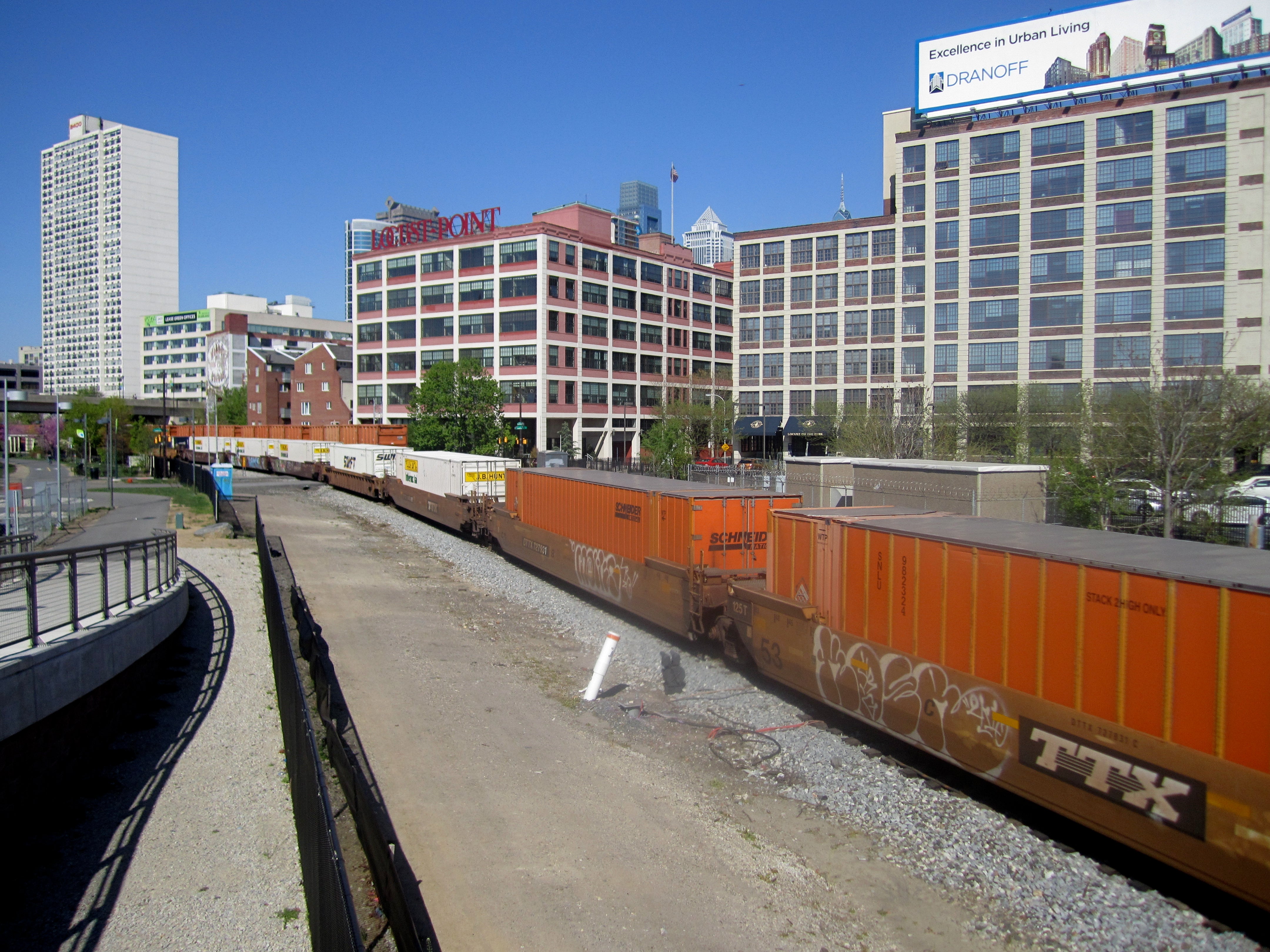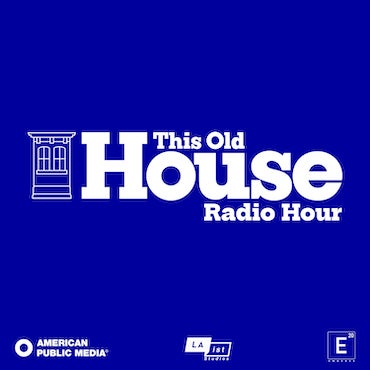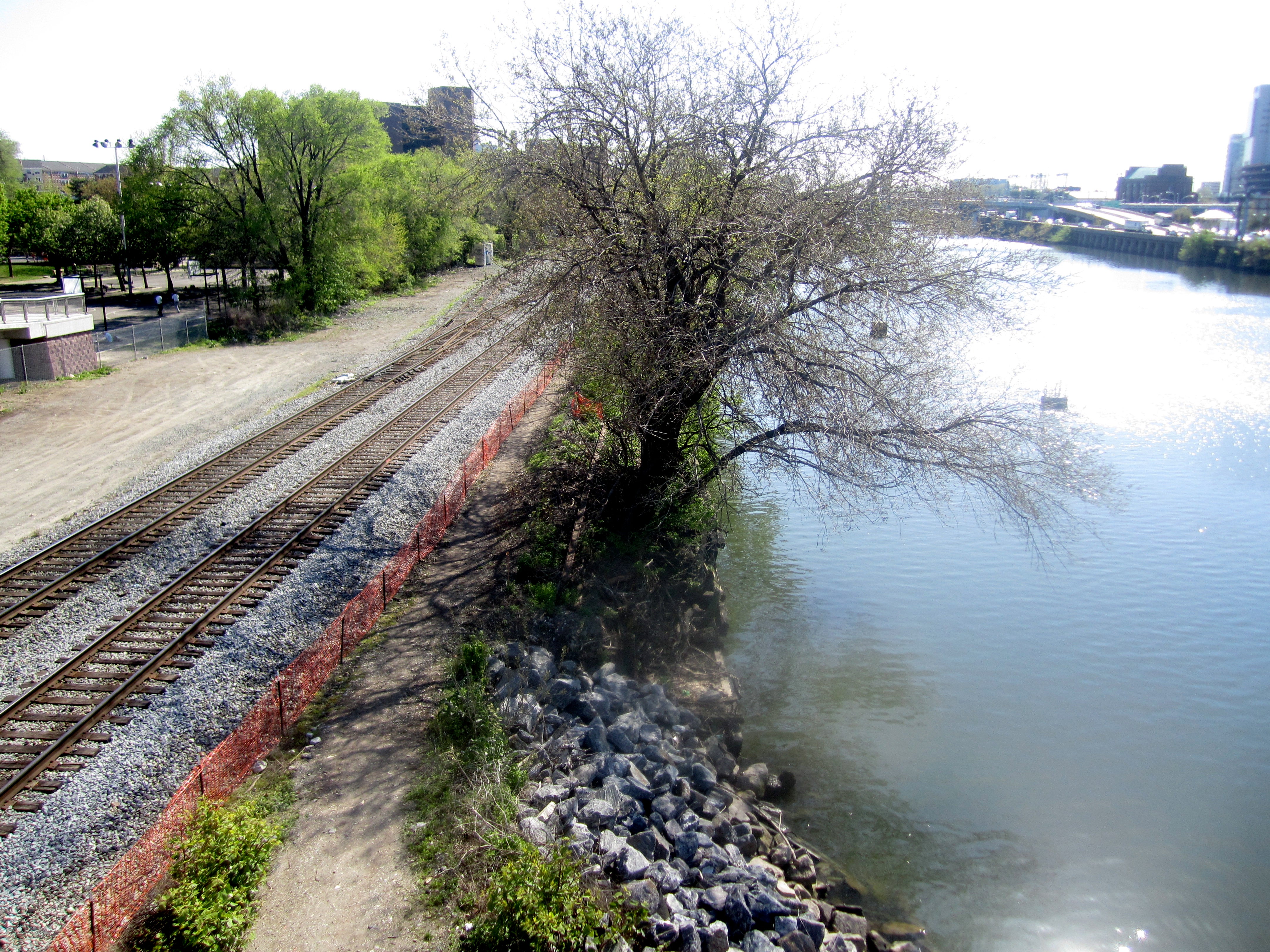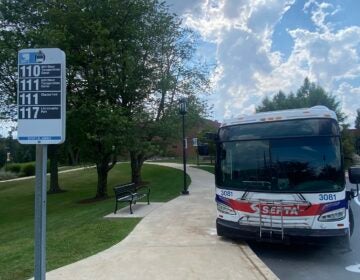New PhillyFreightFinder app maps seven categories of regional cargo network

Just how dense is the Delaware Valley’s regional freight network? Where do freight centers and communities overlap? Regional planners have long asked these questions. Now planners, municipal leaders and others can see the answers to these and other cargo related questions on the Delaware Valley Regional Planning Commission’s (DVRPC) new freight mapping application, PhillyFreightFinder.
This month DVRPC, with the help of its freight advisory committee, the Delaware Valley Goods Movement Task Force, launched PhillyFreightFinder, an interactive, web-based freight mapping application. The online tool lets users view regional freight routes, including highways, waterways, airports, pipelines and rail lines. It also shows freight centers of various magnitudes and “freight as a good neighbor” communities.
Currently the application contains seven freight categories (rail, highway, waterway, etc.) with a total of 20 detail layers (i.e. truck parking, freeway river crossing, rail yards and grade crossings). In total the map contains 350 specific freight features, each of which can be clicked on for more detailed information, such as the name of a freight line or an airport.
Freight map and data platform
“The idea, ultimately, is you can click on any of the features and gain some sense of the activity and the capacity of that feature,” said Ted Dahlburg, manager of DVRPC’s Office of Freight and Aviation Planning. “Not only is this a map, it is sort of a data platform.”
The application puts in one place much of the data DVRPC and its public and private partners have been gathering for years.
“We have a really mature program,” Dahlburg said. “I could say this program started 20 years ago when we started our freight advisory committee … A lot of the data, a lot of the partnerships we’ve formed come together in this.”
Calling attention to freight
With the launch of PhillyFreightFinder, DVRPC makes this data available to a larger audience.
“It’s envisioned as an information tool for the general public and also for planners,” Dahlburg said.
DVRPC sees potential for PhillyFreightFinder to be used as a reference tool for planners to identify needed freight improvements, as a marketing tool for area businesses, shippers, carriers and economic development agencies and as a resource for the general public looking to learn about local freight activity.
Local businesses may attract new clients by being able to show how well connected the Delaware Valley is. Planners may better identify whether or not to put a bike or recreation trail next to a freight line after looking at freight volume, or communities might study best practice strategies from some of the nine “freight as good neighbor” communities that PhillyFreightFinder identifies.
“One of our vital roles is identifying infrastructure needs, and one of the things that I think this application can help pinpoint is getting people to talk about freight needs and freight bottle necks,” Dahlburg said.
Over the past 20 years, freight has become a more important topic for metropolitan planning organizations (MPOs) and state departments of transportation. Even more recently, freight has attracted greater attention from federal legislation, including MAP-21. Because of this, MPOs and other planning organizations need the easily accessible, comprehensive freight information that PhillyFreightFinder provides, Dahlburg said.
“Freight is a topic of growing importance, and it does beget very significant benefits, i.e. jobs but what we know is that its operations result in significant impacts,” he said.
“It’s a smaller piece of transportation activity, but it’s a really important piece to understand.”
WHYY is your source for fact-based, in-depth journalism and information. As a nonprofit organization, we rely on financial support from readers like you. Please give today.








